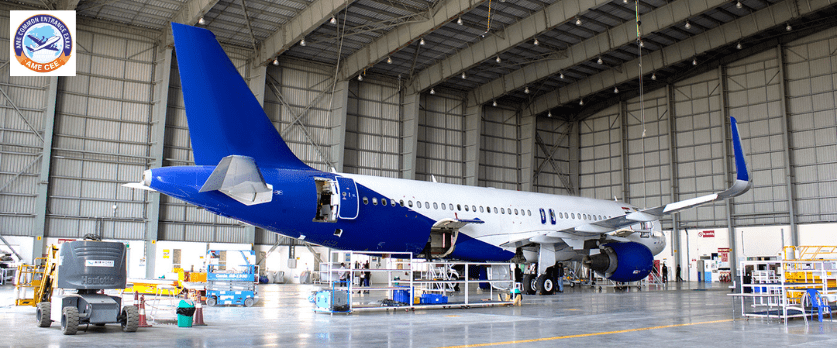Aircraft maintenance engineering plays a pivotal role in ensuring the safety, reliability, and airworthiness of aircraft. As aviation technology advances, the field of aircraft maintenance is poised for transformative changes driven by technological innovations, data-driven approaches, and evolving regulations.
Predictive Maintenance through AI and Data Analytics
The future of aircraft maintenance lies in predictive maintenance powered by artificial intelligence (AI) and data analytics. Machine learning algorithms analyze vast amounts of data collected from sensors and aircraft systems to predict component failures, enabling proactive maintenance, minimizing downtime, and optimizing fleet performance.
Adoption of Augmented Reality (AR) and Virtual Reality (VR)
AR and VR technologies are revolutionizing aircraft maintenance training and procedures. Maintenance engineers can access interactive manuals, immersive training modules, and real-time visualizations, enhancing troubleshooting capabilities and reducing human errors during maintenance tasks.
Embrace of Robotics and Automation
The integration of robotics and automation in aircraft maintenance is streamlining repetitive tasks, such as inspections, thereby improving efficiency and accuracy. Autonomous robots and drones are increasingly employed for visual inspections, reducing the time required for routine checks and enhancing safety protocols.
Sustainable Maintenance Practices
In line with the aviation industry’s sustainability goals, aircraft maintenance is focusing on environmentally friendly practices. This includes the adoption of eco-friendly materials, optimized maintenance procedures to reduce waste, and the development of sustainable alternatives for traditional maintenance chemicals.
Development of Unmanned Aerial Vehicles (UAVs) for Maintenance
UAVs or drones equipped with specialized tools and sensors are being developed for maintenance purposes. These UAVs can access difficult-to-reach areas of an aircraft for inspections, repairs, and even deliver spare parts, enhancing efficiency and safety in maintenance operations.
Enhanced Training and Certification Standards
Continuous advancements in aircraft technology necessitate updated skill sets for maintenance engineers. Industry-wide efforts are underway to enhance training programs and certification standards, ensuring engineers are equipped to handle the complexities of modern aircraft systems.
Conclusion
The future of aircraft maintenance engineering is characterized by technological integration, data-driven strategies, and a commitment to sustainability. As the aviation landscape evolves, the convergence of cutting-edge technologies and innovative maintenance practices will play a pivotal role in ensuring aircraft safety, operational efficiency, and environmental responsibility.
The ongoing evolution in aircraft maintenance engineering holds the promise of safer skies, reduced operational costs, and a more sustainable aviation industry, reinforcing the critical role of maintenance engineers in the ever-changing world of aviation.
To become an aircraft maintenance engineer you may could join AME engineering through AME COMMON ENTRANCE EXAM (AME CEE) this examination you may join AME engineering approved by DGCA, EASA or UGC.


